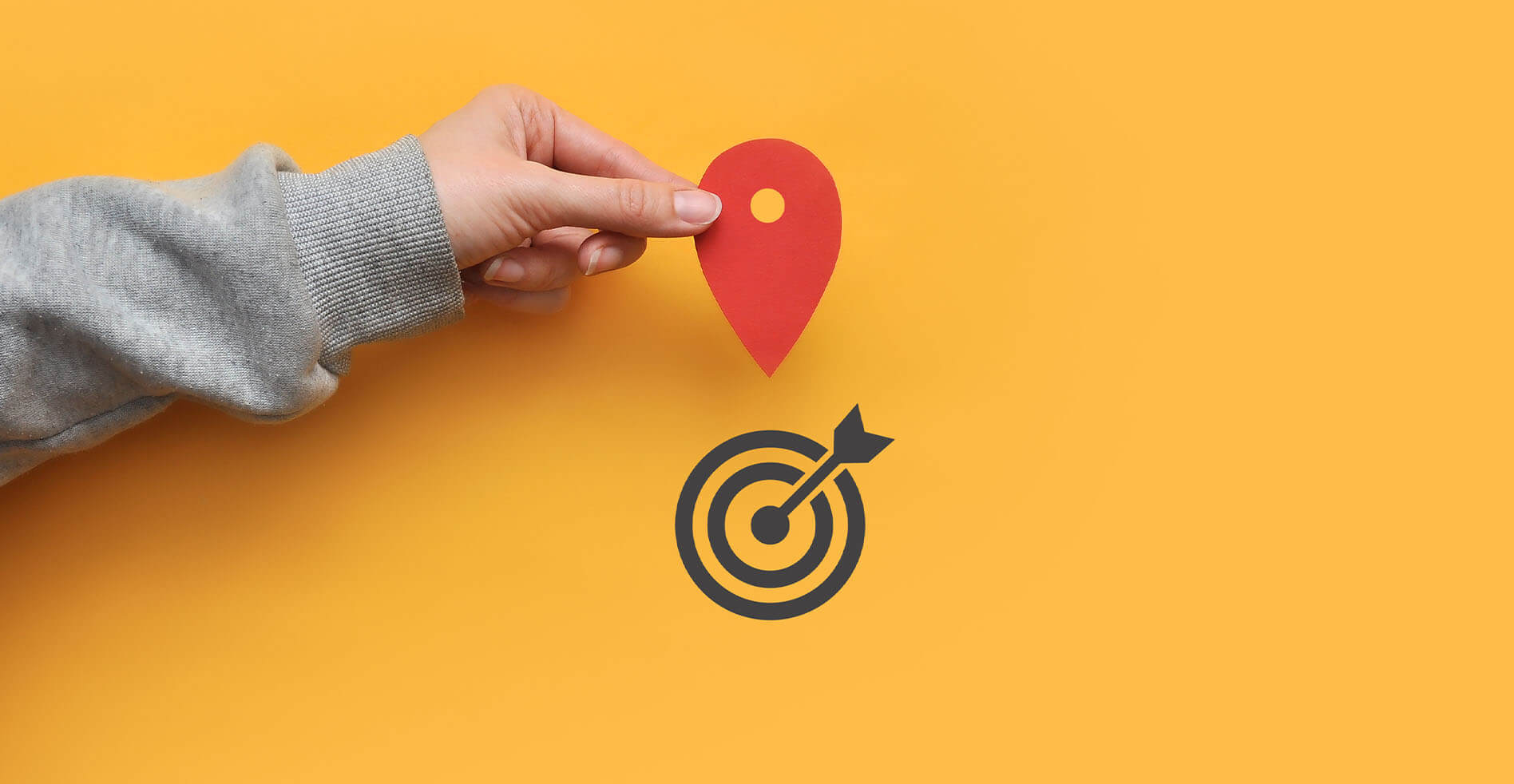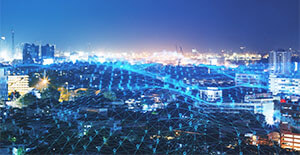How to Choose the Best Antivirus Software
Simplify your search for an antivirus software with this guide.
read morePublished on: March 1st, 2023

If you’ve ever received a social media ad about a deal at the coffee shop down the street or gotten a push notification to upgrade your ticket as you walk into a theme park, you’ve triggered a geofence. Geofencing refers to virtual boundaries that activate an action – most often, part of a marketing strategy. However, the applications for geofencing technology reach far further than ads.
Geofencing can use GPS, radio frequency identification (RFID), Wi-Fi, or your device’s cellular data to determine where you are. When a user enters or exits the virtual perimeter of the geofence, it triggers an action. In location-based marketing, this could be anything from social media ads, text messages, or push notifications. Other common applications for geofencing include:

Geofencing technology is a powerful tool for marketing, businesses, and even personal use, but it does come with privacy concerns. For example, a geofence near a hospital or religious institute may gather very personal information, even if that is not the intention of the targeting. Additionally, spikes in law enforcement requests for geofence warrants have brought up questions about the legal limits of this technology.
Privacy requirements vary depending on where you live, but generally, you can control how much information you allow businesses and apps to gather. If you want to limit which specific companies you trust with location information, then you can often do this at the app level.
However, the process will require a couple of steps if you’d prefer to opt out of geofencing altogether. By turning off GPS, you can limit location tracking. Forewarning, this does mean that you won’t be able to use other tools that use your location, such as Google Maps.
Even with GPS off, your general position can still be found through your device’s IP address. To mask your IP location, you may consider using a VPN.
If you’re interested in learning more about geofencing technology, your local Computer Troubleshooters office can help. Learn how to strengthen your personal data security and take control of your information with assistance from our team. Get in touch with your technology superheroes today to get started!
Simplify your search for an antivirus software with this guide.
read moreHave you received this notorious Windows error screen? Here’s how to fix it.
read more© 2024 Computer Troubleshooters. Privacy Policy | Terms of Service | Accessibility Statement